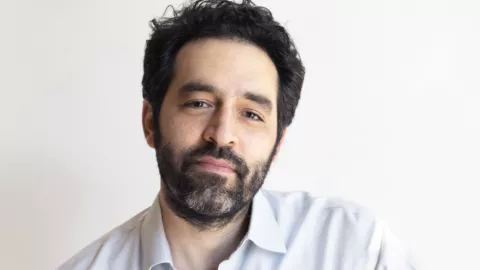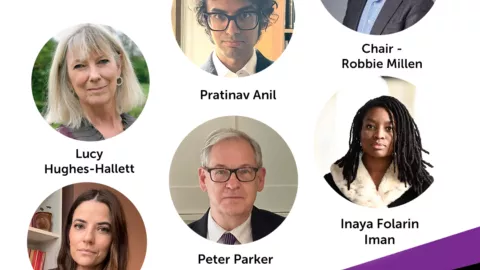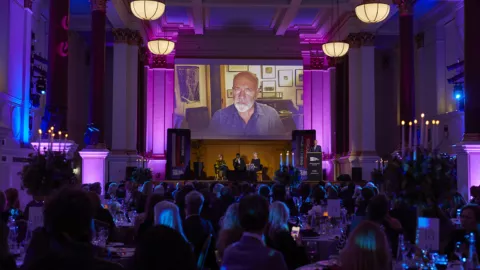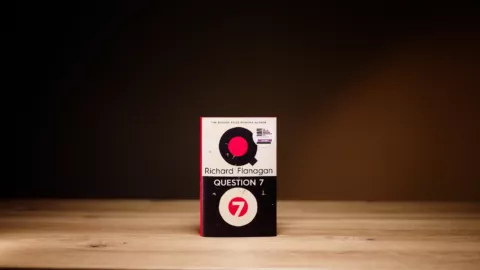
Jonathan Blitzer Longlist Interview
9 October 2024
How does it feel to reach the longlist for the Samuel Johnson Prize?
It’s brilliant news. It is, of course, a great privilege to share a little corner of the plinth with some very serious hitters.
The writing of a second book is attended by all sorts of insecurities that I was too naïve to notice the first time round, and it’s good to feel that not all of them were justified. I was particularly heartened to read the comments of one judge about the creative meetings of fiction and non-fiction in the longlist, since that’s the sometimes uncomfortable fence on which I, and I suspect a great many non-fiction writers, perch.
What research did you do for writing your book?
The problem with writing a book about lost interiors is that when you get there, there is no longer anything left. Doing the research for this book involved a lot of long journeys to see empty corners, holes in the ground and isolated fragments of furniture.
People haven’t written much about these interiors either – at least they haven’t written much about them directly, so a great deal of research involved rummaging through books about other things for the throwaway, giveaway comment that might lead me to the room I was looking for.
In the process I’ve learned about sewage in the nineteenth-century London, the hairdos of Marie Antoinette, the gallstones of African gazelles, and twelfth-century taxation policy. I even learned to play a computer game – it’s been an education!
How do you feel about the status/ popularity of non-fiction books in general?
It’s a curious genre whereby boundaries are always on the move; it’s a territory that stretches from the wilder shores of self-help and DIY at one end (do Hayes Manuals count as non-fiction?) to the hills of academic research on the other.
And that shifting territory gives non-fiction writers a freedom to experiment, I think, with literary form – mixing manual and memoir, the smell of cooking and philosophy of Spinoza and all the rest of it. Histories can run backwards, or be told in a collection of buttons. That’s a freedom that isn’t really available inside the academy, nor, I suspect, in fiction in quite the same way.
I’m reading Rebecca Solnit’s The Faraway Nearby at the moment. She’s talking about her bedroom floor, covered in apricots, that’s all – but it’s so beautifully put together that I can’t put it down. I’m not waiting for a point, a punchline or even much of a story – just the pleasure of a really good read; I think that’s what non-fiction can sometimes bring to the table.
What is your favourite non-fiction book and why?
For ages, it’s been Roberto Calasso’s The Marriage of Cadmus and Harmony. It begins innocently enough with the eponymous marriage, and asks the wonderfully disingenuous question: ‘And how did it begin?’.
Hundreds of pages in, tens of beginnings later, I’m lost in a myth about myth so ponderous, dense and mannered it hardly even qualifies as prose, let alone non-fiction. Books like this don’t tell the reader what to think, or even entertain. They lead deeper and deeper into labyrinths where the distinction between fact and fiction ceases to be useful or relevant, and the act of continuing to read is a continual enchantment. Magical realism should be about making reality magical, shouldn’t it?
What are you working on next?
My first book was made of long folk tales about monumental buildings. The second is a collection of vignettes of lost interiors. The next? It’s early days, but I’m thinking about going down a scale again and writing a book of recipes or instructions about spaces and places made in gestures – in the washing of hands or the taking of a walk – a book of rituals. It would be called something along the lines of: A Book of Rituals: From OCD Handwashing to the Hajj.
Edward Hollis is author of The Memory Palace (Portobello Books)

10 April 2025

17 December 2024

19 November 2024